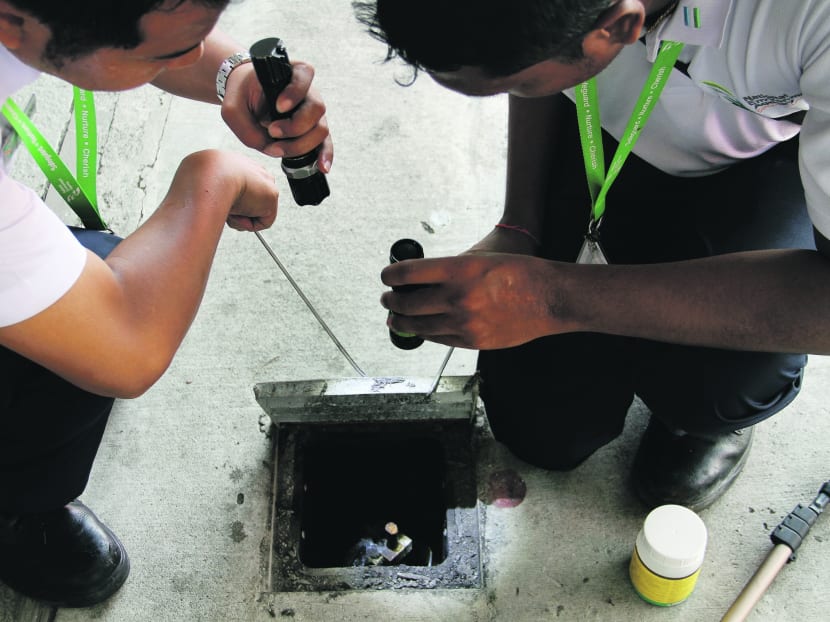Dengue cases dip in all areas but Choa Chu Kang
SINGAPORE — The number of weekly dengue cases dipped last week after hitting the highest weekly number recorded in the previous week, as the number of cases in Choa Chu Kang spiked.
SINGAPORE — The number of weekly dengue cases dipped last week after hitting the highest weekly number recorded in the previous week, as the number of cases in Choa Chu Kang spiked.
Overall, 822 cases were reported as of Saturday, down from 891 the week before, data on the National Environment Agency (NEA) website showed.
In a statement on the website, the agency said despite the slight dip, the risk of transmission remains high and more cases and clusters were emerging in the western and northern parts of Singapore.
The NEA today (July 16) also issued a statement on the spike in cases in Choa Chu Kang, which now has six clusters with 394 reported cases.
One of the clusters — comprising Choa Chu Kang Avenues 1, 2, 3, 4 and 5 — has 316 reported cases, making it the cluster with the highest number of dengue cases on record.
Last year, the cluster with the highest number of cases was in Tampines, with a total of 233 cases. “We are currently at the peak dengue season and expect the cases at the Choa Chu Kang clusters to rise further,” the NEA said.
Meanwhile, researchers from Duke-National University of Singapore (NUS) Graduate Medical School have discovered a new pathway by which the dengue serotype 2 (DEN-2) virus evades the human defence system, which they say opens the door to more treatment methods.
The virus, they said, produces fragments of its own genome when it enters the body and infects cells. These fragments, which are non-coding, highly-structured viral RNA, then attach themselves to the cell proteins that usually help produce anti-viral proteins. As a result, the cell is unable to mount its anti-viral defences and protect itself against virus replication.
The research results were first published online on July 3 in PLOS Pathogens, a scientific journal. The study was supported by the Health Ministry’s National Medical Research Council under its Individual Research Grant.
“These findings were surprising because, in 30 years of RNA and dengue related research, this new mechanism was never discovered,” said the study’s senior author, Professor Mariano Garcia-Blanco, from the school’s Program in Emerging Infectious Diseases (EID), in a statement released today.
“We not only found a new way in which the pathogen (dengue virus) interferes with the host response (human immune system), we also uncovered the first mechanistic insight into how this non-coding RNA works. This discovery opens the door to explore therapeutics through this channel.”
Until last year, DEN-2 was the dominant serotype in dengue cases in Singapore.
Said Associate Professor Ooi Eng Eong, deputy director of EID: “The dengue virus employs multiple strategies to evade our immune responses. These strategies provide the virus with redundancies so that if one approach fails, it has others to provide it with the necessary means to thrive.”







